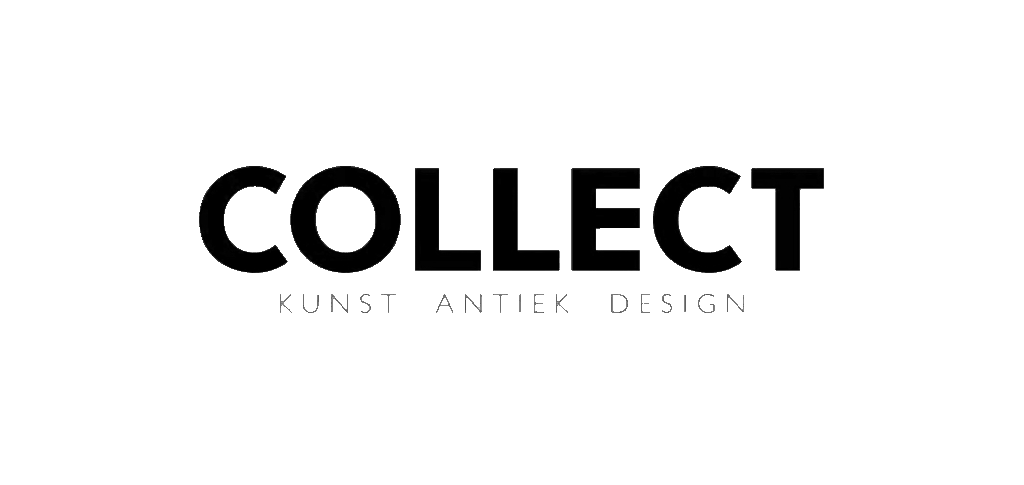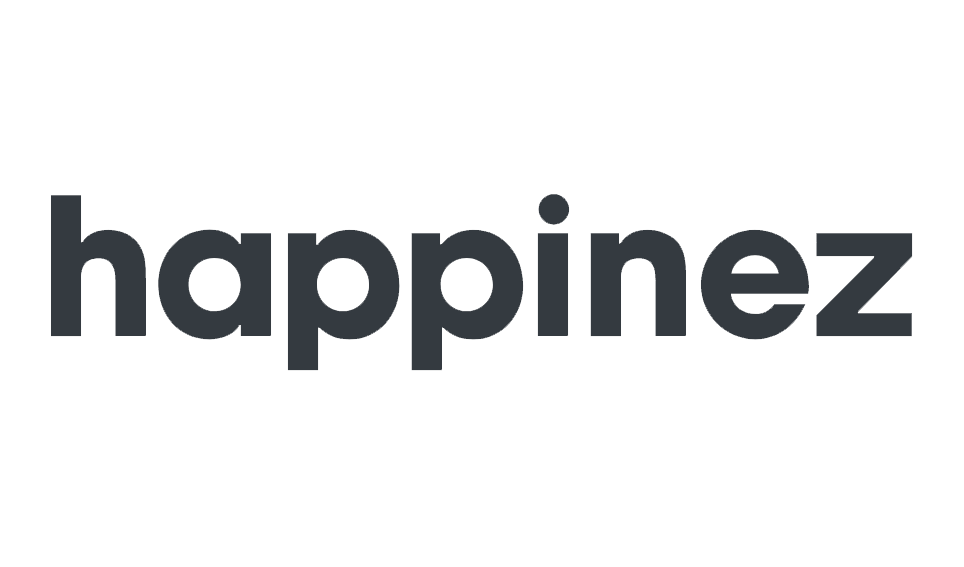the art of Chris Berens
Amsterdam artist Chris Berens is an anomaly in the artworld, an expert painter who does not use traditional media, but creates some of the most compellingly executed, enigmatic and emotionally resonant paintings seen in a long time.
by Kirsten Anderson
His work features a fantastical mélange of exotic creatures and 18th century imagery, floating in buttermilk-coloured clouds or silvery sea blues.
Photo realistic, totem-like animals and distorted childlike people float like dreams through blurry surrealistic European cityscapes or drift on stormy seas on decrepit ships in a soft focus haze, shimmering as if in a fevered dream. It is almost shocking to look at, but In the gentlest of ways.
Beyond the wondrous imagery there is another startling and unusual aspect to Chris’ work, in which the smooth, translucent look of his medium of choice (ink on thin plastic over wood panel} is contrasted with the fact that the paintings are patch worked together. in pieces ranging from one to three inches across. Sections are painted numerous times and layered over each other, each segment flowing seamlessly into the next to form a cohesive image. This technique produces images with such depth that, along with his soft focus look and technical perfection, make most people assume they are seeing digital imagery or manipulated photographs (at least when seeing it on a printed page or on a computer screen: in person the work has the “artist’s hand”, a sense life digital work cannot capture). However it is entirely developed and painted by hand with painstaking skill, time and precision from beginning to end.
Creating in a fashion akin to automatic surrealistic style, Chris‘ compositions are never planned beforehand, but grow organically from section to section. He says that anytime he plans something out or has a specific thing he wants to develop, it never turns out, and that when he finds himself actively thinking he quickly has to stop working. Recently, I took a trip to Amsterdam to meet Chris in person, and to discuss an upcoming show and interview him on behalf of Hi-Fructose. His studio is located in the top of a building, a tiny warren overlooking a canal, packed with art supplies and antique ethnographic prints. In person Chris is striking, with a shaved head and bright blue eyes. He has a reserved demeanour, and he takes his art quite seriously, working at it as steadily as a 9 to 5 job. But he is quick to laugh and make a self-deprecating comment. We chatted over coffee in the grey morning light. While I clomped around his studio looking at every painting and sketch over and over again, Chris graciously answered my questions and explained his art and painting technique in soft spoken Dutch-accented English.
Kirsten Anderson: You often have the same animal reoccur again and again In a painting. to the point that they almost become recognizable characters. Are they stand-ins for peopleor situations? Are you working with them in an archetypal fashion?
Chris Berens: No, not really. What takes the longest is to get the creatures in the right “positions” -there isn’t a reason why they look the way they do or why they stand they way they do, it’s just that some positions work and some don’t… when I have the full polar bear for example, it took me 50 polar bear paintings to get there. I never use one creature by itself; it’s comprised of several different paintings for each creature. They don’t really have specific references to me. I think in colours and shapes the animals tend to show up when I need them to fit a specific need. The polar bear is something else though. As a kid I had all these animals as “imaginary friends,” and then gradually they kind of faded: still there, but not as frequent and not as clear. But recently, around the time my dad was really sick, I rode my bike from the farm I was living in at the time to my parents‘ house almost every day, and I would have the sense of these creatures running beside me.
Felt kind of like guidance, comforting. They were white and furry and big, but kind of shapeless, running beside me. When my clad passed away, I would sit there with him in a room while he was lying in state. The room had to be kept very cold as it was in summer, and finally the creatures seemed clear to me, they were polar bears all along…
KA: The human characters often don’t have a mouth, but rather very expressive eyes. They aren’t “big eye” [a popular theme in underground art owing to the kitschy pop influence of Margaret Keane’s ubiquitous “big eye“ paintings of the 60’s by any stretch, but I was wondering about the emphasis on eyes versus the rest of the features.
CB: I don’t do it on purpose, but it happens a lot. The eyes are the most important aspect. When I draw, I always start with the eyes. I never know what I’m going to draw or paint, but once I have the eyes I know the character. the kind of creature it has to be. I want to paint the nose, ears and mouth, but sometimes there is just no “room” for a nose… I view my paintings as abstracts, really, and it’s the reason a lot of noses fall off, because when you look at [the painting] as an abstract form there is just too much noise. It’s the same with the animals -I view them as abstracts as well. I might use a ladybug because I like them, or just because I think the painting needs red.
KA: Your work seemed to me to be darker in subject as well as color and style at first-my best comparison would be the work of Dave McKean -whereas now, it has a more transcendent luminous quality. It’s still dark, but dreamier andgentle. How did that evolve?
CB: True. Actually my older work [1999-2003] is from a time when I thought I was going to change the world as an illustrator and writer of children’s books. I thought children were underestimated as a group—as to what they can take and understand. in art academy l grew up on David Fincher’s film Se7en, graphic designer David Carson, and artists Peter Joel Witkin and Arnulf Rainer. So that meant a lot of scratching into film negatives, painting over photographs and scribbling weird messages left-handed from right to left over disturbing self-portraits.
After graduating, I pretty much found a style and technique that I felt comfortable with and could express myself in. It worked for quite a few years for me. But as I went along I discovered that a lot was lost in translation, for, even though I don’t have any messages, I do have a pretty particular world I live in. And I want to reproduce that world as accurately as possible. So really I’m learning not to rely on what I know and what I know I can do as an artist, but to really focus on those creatures in the corner of my eye and take all the time I need to make it as alike as my painting visualizing skills allow me to. I’m still developing every day. At this moment I think I’m at about 40 to 50 percent of what I actually want to show. My technique of choice is painting, but l can imagine myself doing something completely different in some time, for the only goal I have is to show what is and has been in my head for as long as I can rememher.
KA: Well, your technique is pretty unique. Frankly, I’ve never seen anything like it before, can you explain it a little? I think it’s hard for people to really “get” what they are seeing in a printed image versus the depth and layered effect in the actual paintings. ls this something you came up with on your own?
CB: I didn’t really come up with it, it just sort of evolved. I have this very clear image of what I want to show, so I’m just constantly frustrated really, because it’s never what I really want it to be. I don’t really consider myself a real painter or artist; there’s a lot of images I want to show, and painting is the way to do that now. it’s ail done with ink, I don’t use any paint actually. Ink is very transparent, and I paint on printing paper that has several plasticized coating layers. so the painting is actually on the plastic top, with the paper underneath. This means the surface is smooth, and because it’s ink when it’s still wet you can manipulate it easily. When that’s done I take it to a blow dryer that makes the plastic very hot and that smoothes out any brushstrokes and the ink sinks into the plastic. Then I cut out the piece I want, and peel off the paper on the back. I paint the same thing 15-20 times and I just layer them over each other. This creates depth and also would hide any brushstrokes because you are looking through layers of transparent paintings. So you are looking through multiple layers, but you really just see the main image.
KA: Uh, that is really labour intensive…
CB: I know, but it’s really the only way to make them look like i want them to.
KA: I’m still trying to figure out how you paint fur! it’s so realistic looking.
CB: That is ink also, I use knives to pull away the ink. I start with the dark hairs underneath and then on another layer would paint the lighter colours. The glue I use is a clearish white and semi-transparent; that helps add the illusion of depth.
KA: How long does it take to make a painting? Do you work on one at a time or several?
CB: I work on as many as possible. l always like to work right up to a show because l can work on up to twenty paintings so none of them is really finished until the opening. I think it’s hard to focus on just one painting because i don’t really have an idea, or story, or message so it’s a lot of fun when I have all these [painted] sheets with heads and buildings and I just cut them out and stick them on a painting and see if it fits. if it does then I mount it on and go from there. Of course I feel a painting has to be “clear,” l have to understand what I’m seeing. That’s usually the moment I decide it’s finished. Usually it takes me a while to “get” my own paintings!
KA: You keep saying that you don’t have an intentional story or message in your work, but for instance, I feel like I understand them, they speak to me in a very emotional type of way. How do you feel about people reading things into your work?
CB: Oh, I love that! I paint them emotionally, so I want people to react in that manner. Any story is better than just mine!
KA: Amsterdam, and Holland in general, is very historically rich art-wise, do you feel connected to that heritage at all?
CB: Yes. I used to go to all the exhibitions of the great Dutch Masters of the Golden Age [17th century]-like Frans Hals, Rembrandt and Vermeer-with my dad when I was a kid. I really learned a lot from them. They were (practically) the first ones to use art not just for the purpose that we used photography around 1900, or to depict traditional or biblical scenes, but actually try and catch light, weather, expression, fabric, structure, smell, sound.. So basically: life. And for years I lived and worked in the same city as Hieronymus Bosch (talk about your pop surrealism avant la lettre!). Apart from the fact that I was brought up on them, there is the general influence in that we all lived in the same country-in a different time, but with the same weather, same architecture and similar people.
KA: Well, I guess I’d better ask you about Pop Surrealist artists. It seems to me that you’ve had similar visions as some of he artists In that scene do such as Joe Sorren and Nicolette Ceccolli, yet you were operating completely outside of it, including great success in a very non-lowbrow, high-end contemporary gallery (Jaski Gallery) in Amsterdam. Do you feel any kindred feelings to the Pop Surrealism or Lowbrow scene?
CB: I do. To be honest, I found out about this art movement only a year and a half ago. The first one I encountered was Ray Caesar. I immediately loved him. Then I found out about Mark Ryden and Joe Sorren, and I was just shocked. l felt very closely connected. I couldn’t believe what I saw. This was just months before the opening of my Heaven exhibit. Of course I had seen and admired Michael Jackson’s Dangerous album cover, but never took the trouble of looking up the artist. And then there I was looking at myself through an American West Coast mirror. It kind of freaked me out.
KA: What are your future plans artistically?
CB: I started exhibiting as an artist in 2004, so right now I’m just very excited that it’s going the way it does, and that I have found a way to express myself that is both as fulfilling for me as it seems to be for a number of other people. And as far as inspiration goes, I’m good. It’s not images or stories or ideas I have in my head that I try to capture, it’s an actual world with living creatures and villages, countries and seas.
Actually, it’s a lot like this place, constantly changing and evolving. Only more beautiful. The stories happen as I paint. I’m just trying to keep up. I’m trying to whip it into a frozen image that makes some sense. Usually a painting is almost done when I start to “get” it, that I finally know what’s going on in there. Or at least it looks like it makes some strange sort of sense. So anyway, I’ve done a lot of searching, so I’m going to stay put for a while. but I’d like to illustrate a children’s book some day. And I’ve worked for an animation studio for some time. I would like to do something in the animation/film area again. Although I found out during that time that animating itself isn’t for me. It drives me crazy. But art direction perhaps. Character designing. Who knows?


